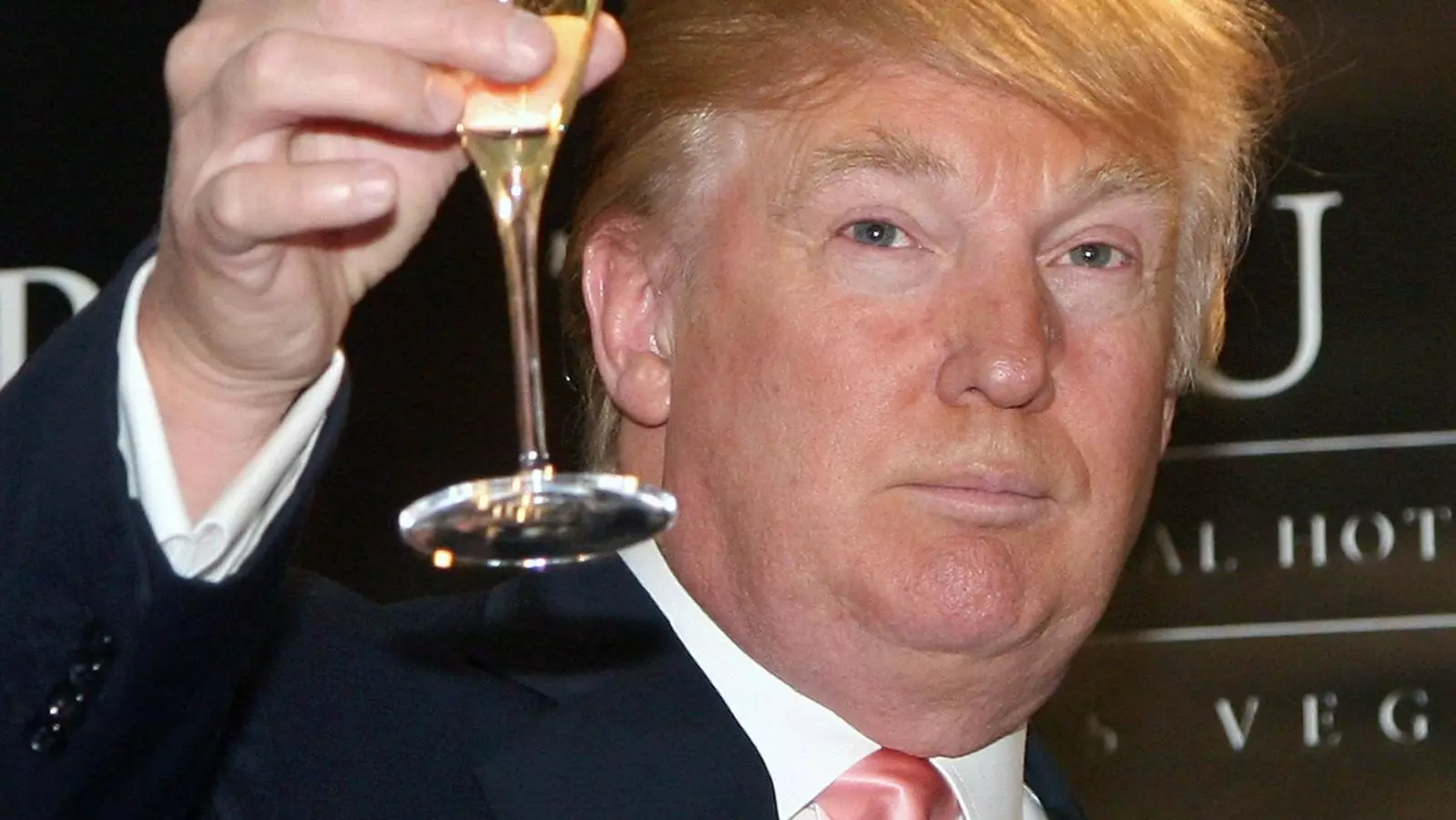In recent times, the world of wine has taken center stage in the political arena, primarily due to the proposed tariffs on European beverages that could drastically change the industry landscape in the United States. Many may wonder if a quick fix like imposing steep tariffs on European wine can truly bolster American vineyards or if it is an illusion grounded in shielded patriotism. The answer, unequivocally, leans towards the latter. The American wine industry’s future hinges not on artificial barriers to entry but on collaboration and innovation.
The U.S. wine scene is rich and diverse, but it faces challenges that range from emerging market dynamics to generational shifts in consumer preference. Generally, younger consumers drift towards other alcoholic beverages, such as craft beer or ready-to-drink cocktails. This demographic shift, compounded by environmental factors like climate change and the oversupply of grapes, poses a substantial challenge. Meanwhile, a heavy-handed approach like imposing a 200% tariff on imported European wines not only overlooks these nuanced realities but risks further straining an already delicate market.
Flawed Assumptions Behind Tariff Proposals
At the heart of the tariff proposal is the premise that diminishing the accessibility of European wines will redirect consumers to pick up American bottles instead. This is a naive belief, fraught with multiple oversights. The wine industry thrives on diversity; it isn’t merely about which bottle is cheaper or more readily available. It encapsulates an entire ecosystem of importation, distribution, and retail, all of which relies on a wide-ranging portfolio to remain viable.
Take for instance a mid-sized distributor who manages a mix of French Beaujolais, Californian Pinot Noir, and perhaps an experimental Oregon pét-nat. Their sustainability does not merely stem from reliance on American wines; rather, it springs from their ability to offer consumers varied choices. When tariffs dramatically increase the cost of numerous imports, the repercussions extend far beyond just price adjustments—they threaten the viability of distributors, degrade long-term supplier relationships, and ultimately compromise the entire marketplace.
The Ripple Effect: Consequences for All Stakeholders
The complexities of the wine industry further illustrate how tariffs can wreak havoc. A sommelier curating a wine list does so based on a delicate balance among high-end and budget options, reliable classics, and innovative newcomers. If every bottle from a particular region triples in cost, sommeliers face a dire choice: either pass those costs to the consumer or strip their offerings down to the essentials. Either route diminishes the overall wine experience and contributes to declining sales.
Moreover, consumer behavior doesn’t necessarily pivot to alternative domestic options simply because European wines become more expensive. Research indicates that wine lovers are less likely to substitute a cherished Bordeaux for less-favored American reds. Instead, they may downsize their consumption altogether, leading to losses that ripple back through the entire supply chain—affecting producers, retailers, and ultimately, the consumers themselves.
Historical Context and the Path Forward
Historically, U.S. tariffs on foreign wines haven’t yielded the flourishing domestic industry advocates expect. The previous tariffs imposed in 2019 resulted in significant layoffs and even business closures among distributors and importers. Instead of witnessing a blooming of American wines in the gap, the industry’s overall health dwindled. The proposed tariffs echo this past, invoking an illusory sense of protectionism that will do little to stimulate growth in American winemaking.
Rather than stifling imports, the American wine industry requires investment in infrastructure and education. Adoption of sustainable practices is essential for long-term viability, especially with climate risks becoming increasingly pressing. Young consumers must also be encouraged to explore the world of wine, rather than being alienated through punitive pricing policies.
This journey begins with U.S. wines making a name for themselves—standing shoulder to shoulder with renowned European offerings not through exclusion, but through excellence and craft. A thriving wine culture is built upon synergy, accessibility, and innovation, rather than artificial competitors.
Innovative Solutions for a Sustainable Future
To truly harness the potential of American wine, we need to foster a collaborative environment where both domestic and international producers can coexist and thrive. The focus ought to shift toward investment in technology, sustainable practices, and creative marketing strategies that can appeal to a diverse consumer base.
Opportunities also exist in finding innovative distribution channels and engaging in community outreach to demystify wine for younger generations. Rather than vilifying foreign competitors through punitive tariffs, why not push for dynamic winemaking methods and a sense of community within the American wine industry? By embracing these strategies, the U.S. wine scene can establish itself firmly amidst its European counterparts, achieving not merely survival but true excellence in its own right.

